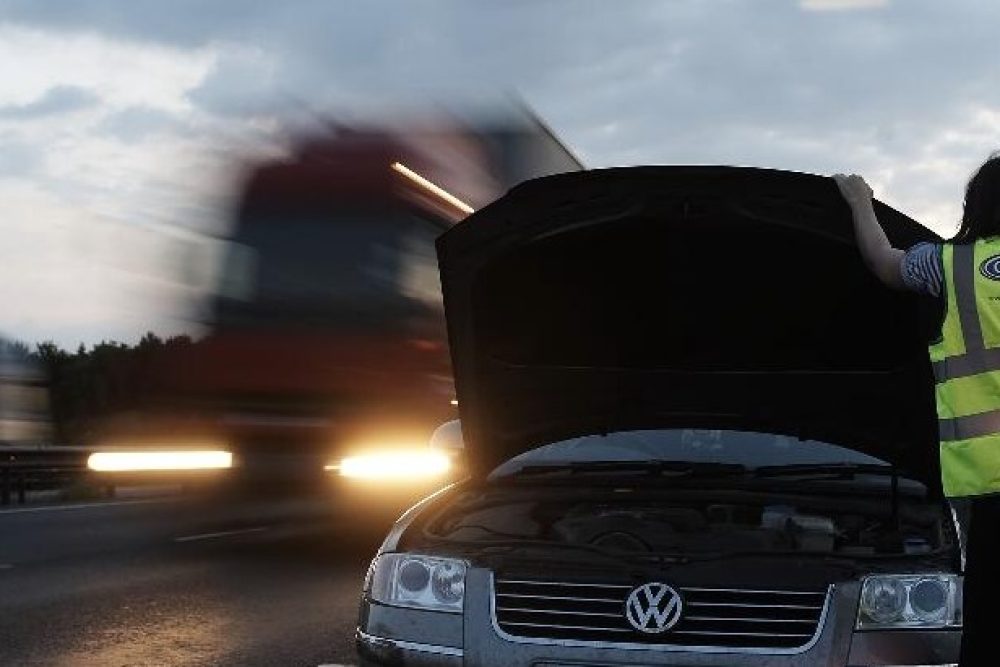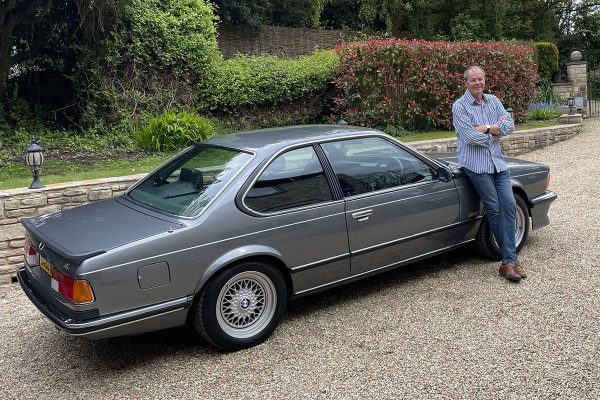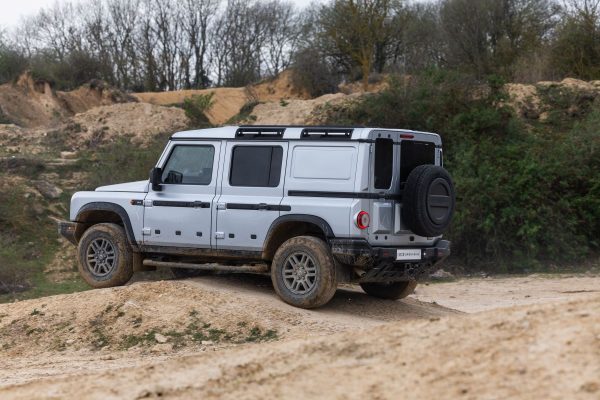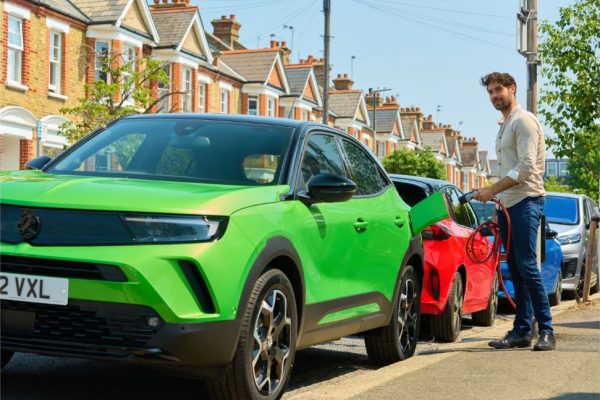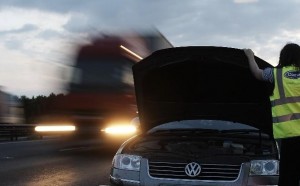
By Caroline Holmes, IAM
IT is the last thing you need. You’re on your way to a meeting and suddenly a warning light illuminates on the dashboard. Or the engine starts making some odd noises. Or it’s raining and you run over some debris that punctures your tyre.
None of this is good news. You know that. You’re breaking down.
Worse, you’re on the motorway, limping over to the hard shoulder. It’s a scary place with cars and large articulated lorries thundering past.
So what should you do if you break down?
If you can, pull over on to the hard shoulder and stop as far to the left as you can and then turn the steering so that your wheels are pointing towards the kerb. The reason for this is that if another vehicle hits your car from behind, it is better that your car is pushed into the crash barrier, than out into the traffic.
Turn on your hazard warning lights and get yourself (and your passengers) out of the vehicle by the left-hand doors. If you have them, put your reflective jackets on. You should never use a warning triangle on the hard shoulder.
While motorways are our safest roads, the hard shoulder is probably the most dangerous place to be. When out of the car get as far away from the road as possible, behind the crash barrier, and up the bank if there is one.
Driver location signs – small marker posts at the side of the carriageway, or large blue signs every 500m – give you precise information on where you’re located. While they may not mean anything to you, take the details of the nearest one to give your breakdown provider, if you have a mobile. If you don’t have your phone, follow the arrows on these posts – they point you to the nearest emergency phone.
If this phone is broken, never try to cross the carriageway to the phone on the other side. Walk to the next one. There are numbers on all telephones that locate you precisely as well. Don’t attempt even simple repairs yourself – your breakdown engineer will be trained in working as quickly and safely as possible.
If you feel threatened by someone, get back in your business car on the left-hand side, lock all of your doors, and call 999 from your mobile. Get out again as soon as you feel the danger has passed, and tell the police or your breakdown provider if you feel vulnerable, especially if you are alone at night.
While you can’t always avoid a breakdown, good business car driving advice is to make sure your car is properly prepared helps.
Before you set off make sure all of the windows on your business car are clean, and that your lights are working. Check your tyre pressures, tread depth, and condition, particularly for cuts and bulges in the side wall – a blow-out on the motorway could be fatal. And make sure your windscreen wash is topped up. As well as being a legal requirement, it only takes a bit of spray to wipe out your vision completely.
It’s also worth making sure you have a warm jacket in the boot, too. There’s nothing worse than breaking down – and having to wait for emergency services on the side of the motorway as you shiver.

